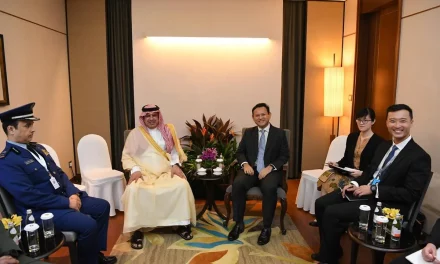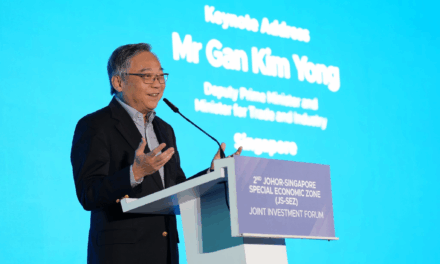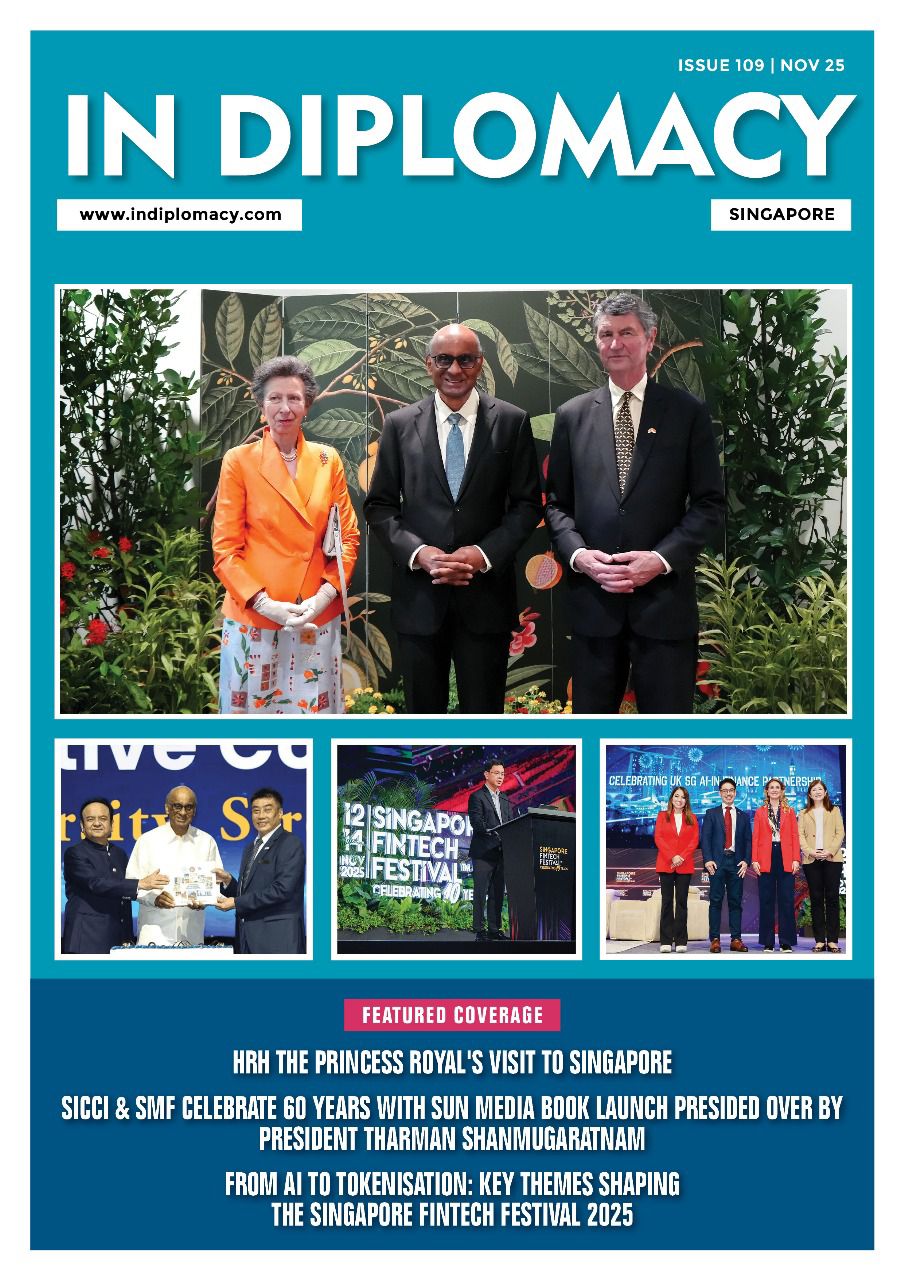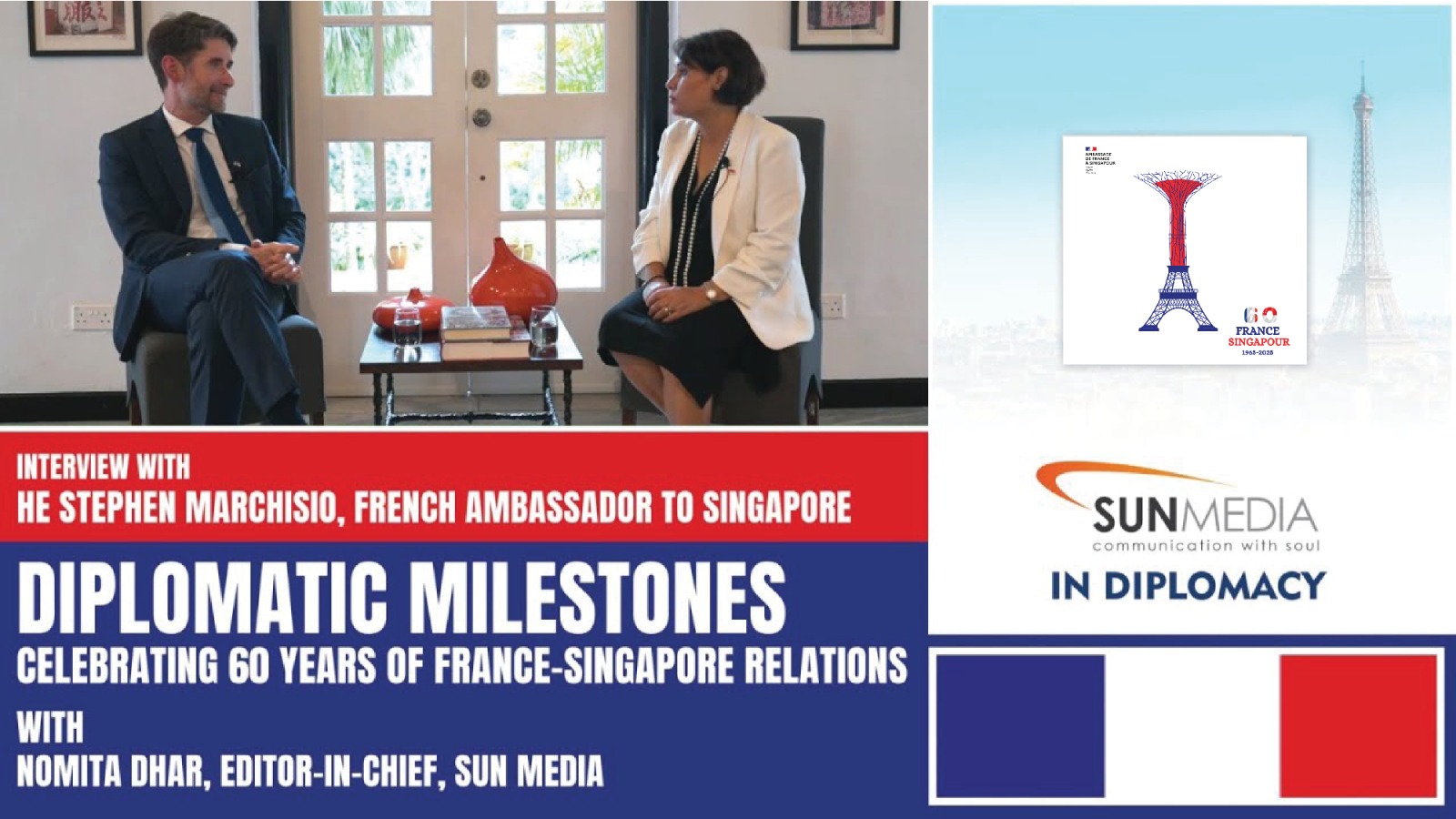INTERVIEW WITH AN AUTHOR
The new book by Mr. Koh Buck Song explores Singapore’s practice of honouring dignitaries with orchid hybrids, highlighting the nation’s multicultural heritage and diplomacy

Q: What inspired Singapore’s orchid diplomacy initiative, and how has it contributed to international relations?
A: Singapore’s diplomatic practice – which is uniquely extensive, and sustained – of naming a new orchid hybrid in honour of a VIP (usually a head of state, or head of government) dates back officially to 1956, during British colonial times. This was when the hybrid Aranthera Anne Black was named after Lady Anne, wife of Sir Robert Brown Black, Governor of the Crown Colony of Singapore from 1955 to 1957.
Since then, more than 280 orchid hybrids have been named after foreign dignitaries and international organisations and events, as gestures of goodwill and friendship. These emblems of soft power – literally soft, with the orchids’ delicate petals and sepals –have deepened longstanding bonds with Singapore’s old friends, and also established enduring affinity with newer partners.
Q: How are orchids selected and hybridized for naming after foreign dignitaries, and what’s the significance?
A: To select the orchids for VIP visitors, Singapore’s Ministry of Foreign Affairs (MFA) provides the Singapore Botanic Gardens with information such as preferred colours. The Gardens’ team then begins the selection process, usually several weeks in advance of the visit, studying the characteristics of hybrids in bloom at the time, and considering factors such as the plant’s height, number of flowering plants, general vigour, frequency of flowering, and length of flower spray.
The creation of orchid hybrids is undertaken by the orchid hybridisation programme managed by the Singapore Botanic Gardens. On average, hybrids take between three to seven years to reach first flowering, from the day the parents are crossed. The Gardens
has registered more than 660 hybrids as of 2024.

Q: Can you share notable successes or milestones achieved through orchid diplomacy, and how it’s strengthened bilateral relations?
A: One notable success, in terms of public engagement, would be the Dendrobium Kishida Fumio, named after the Prime Minister of Japan when he visited Singapore in June 2022. Mr Kishida took the orchid hybrid with him to Japan. Later, in January 2023, this orchid bloomed at its new home at the Hiroshima Botanical Gardens, just in time for the new year, when temperatures in the city were below zero degrees Celsius. The orchid was displayed to an appreciative public at the entrance lobby of the Gardens’ main conservatory, a greenhouse whose temperature is normally maintained at 15 degrees or higher.
Most of the Hiroshima Gardens’ orchids of a similar variety typically bloom in early summer, but as this Dendrobium is a hybrid, botanists there were at first unsure when it would bloom. The Gardens later said that the flowers could be expected to bloom every year thereafter – in this way, as a lasting reminder of the close ties between Singapore and Japan.


Q: What cultural significance do orchids hold in Singaporean society, and how does orchid diplomacy reflect this?
A: The orchid is an apt icon of Singapore because it holds a special symbolic position, with the orchid hybrid Vanda Miss Joaquim being officially named the national flower in 1981. (The common name “Vanda Miss Joaquim” hybrid is still used, although this hybrid’s genus has been scientifically reclassified as Papilionanthe.)
Today, the Vanda Miss Joaquim represents Singapore in many ways, including:
- Showing how to always apply human ingenuity to enhance nature. Doing so well at hybridising orchids is one more example of how Singapore keeps focusing human effort on integrating nature into urban liveability
- Reinventing colonial legacy, by building a practice of orchid hybridisation and a gesture of goodwill from colonial times into a unique form of international relations and projecting Singapore’s soft power globally
- Symbolising Singapore’s exceptional openness and outreach, with the orchid being found everywhere on Earth except the frozen Arctic and Antarctica, as well as its widespread ancestry and innate ability to travel
- As a metaphor of multiculturalism, as Singapore’s outward openness globally is actually founded on its own internal diversity. Its society and national culture are of a hybrid character, just like the flower that represents it to other nations and peoples
Q: How will Singapore continue to leverage orchid diplomacy in the future, and what innovations can we expect?
A: It’s difficult to predict exactly what innovations there might be in the future. Singapore’s way of orchid diplomacy has classic elements, such as that every VIP orchid is unique and is never available for sale. And, with the seemingly endless possibilities of orchid hybridisation, it looks like it will always remain authentic to nature.















